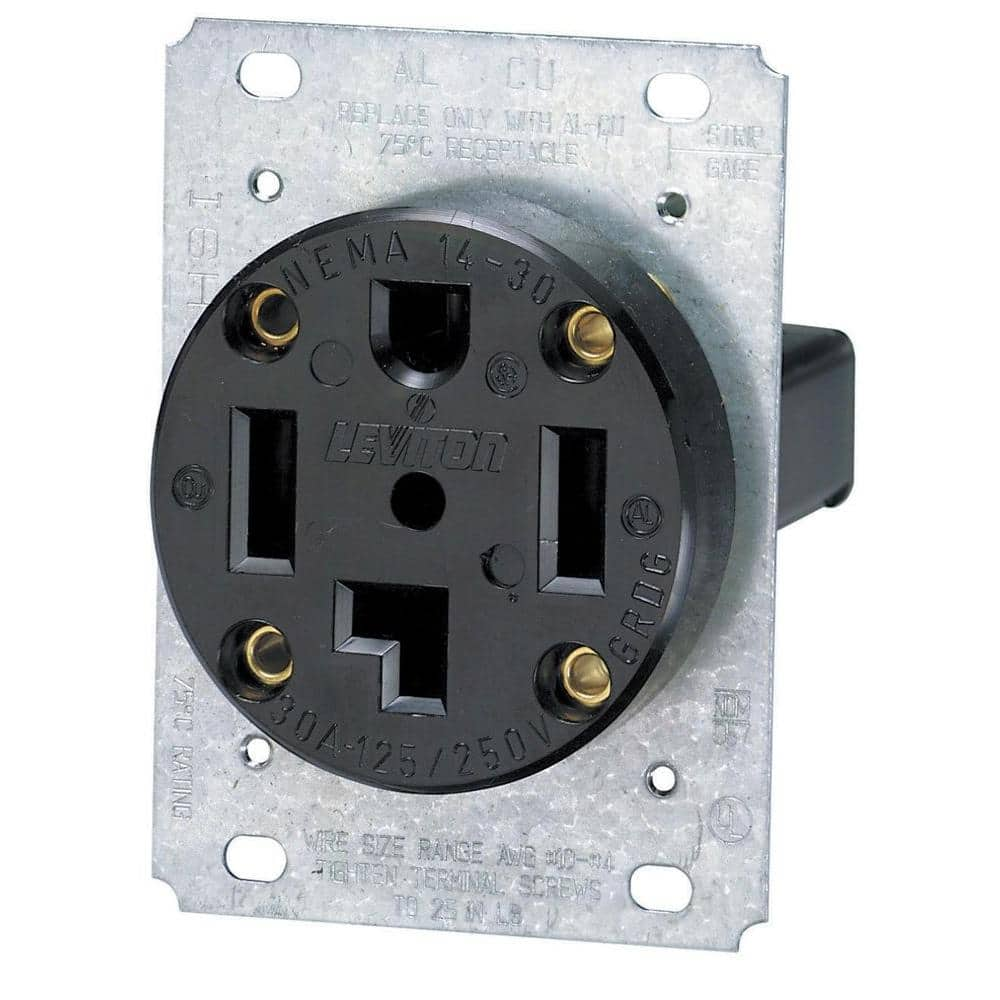Thanks, and no offense taken; I'd be the first to admit my own doofusity.
Will try to answer your points:
First, the extension is needed to get to the 'Tesla side' of the garage. The dryer outlet is currently on the 'other car' side. (I have abandoned the 5-20 idea). Then the (20ft) MC will go from the back (house) wall of the garage to the front (street side), almost 20 ft of run when you count the gap between the back wall and the nose of the car. Conveniently, there is a knee wall that runs the length of the garage on that side, so the entire length of the MC rests on that.
And an update: my neighbor had some time today and before you know it, we were done! See below for the near-completed layout. Only the wall texturing remains, followed by the faceplate.
One thing we did not do, as he wanted to move along and his skill level is so far ahead of mine I didn't want to lose that help, is we just turned around the existing box, receptacle, wires and all. It fits pretty well with some shims.
Keeping in mind all y'all's advice to go GFCI, 3 comments:
- Home was built around 2006, SoCal. None of the other outlets in the garage are GFCI and neither are their breakers.
- I understand the code is more recent, so I guess I do need GFCI? That's not a problem as I can go to HD and pick one up. But - this is the only result of the search term "14-30 receptacle GFCI", but nowhere in the product details do I see GFCI noted.
Ensure you have an outlet that allows for correct and speedy wiring with the Leviton 30 Amp Industrial Flush Mount Single Power Outlet. This thermoplastic outlet fits Leviton's wide range of 2-3/20 in.
www.homedepot.com
- If you see major issues (I know it's not the most elegant, but I'm referring to safety/code), then please let me know.
View attachment 958548



